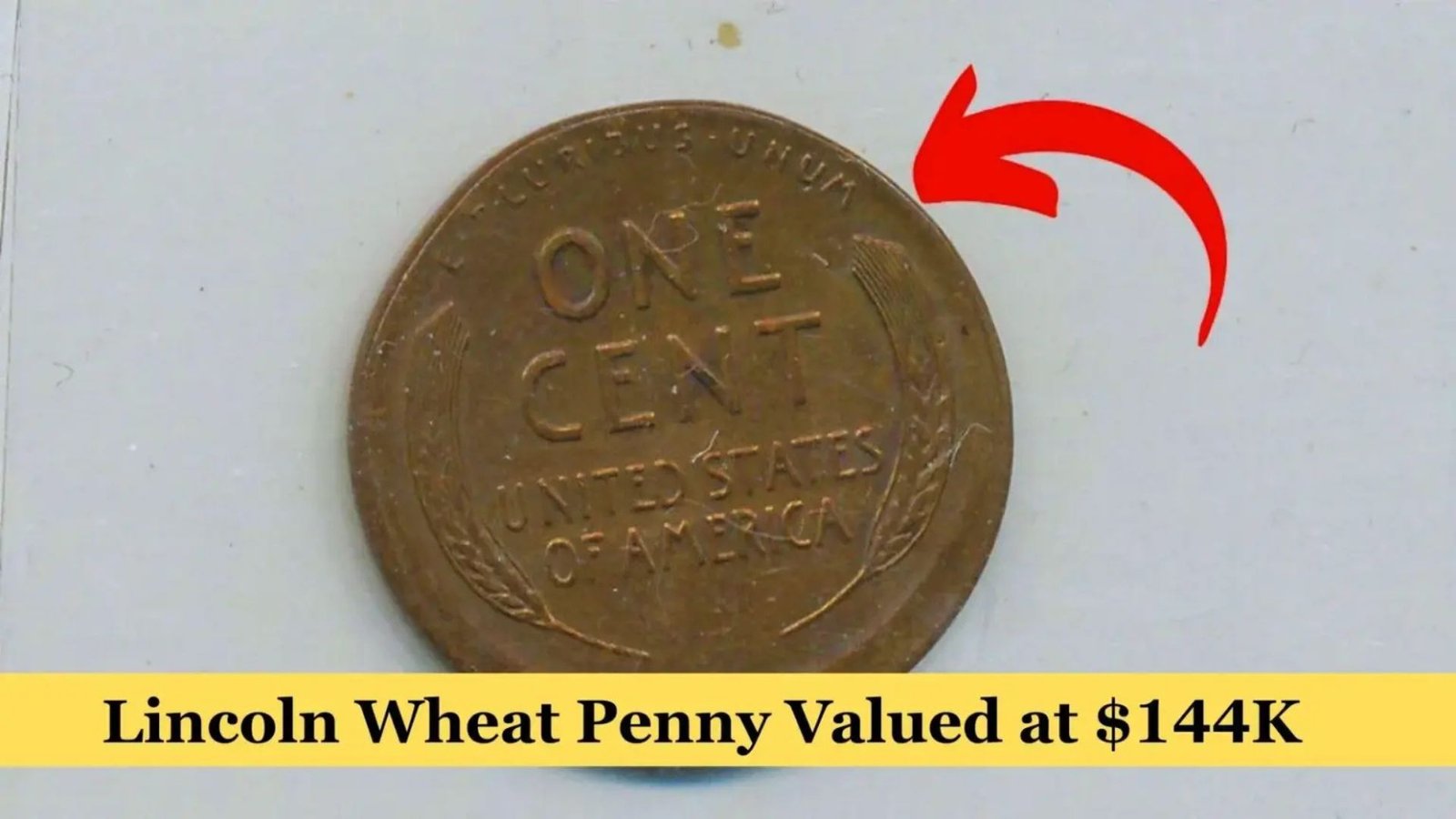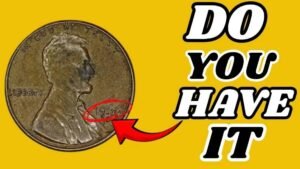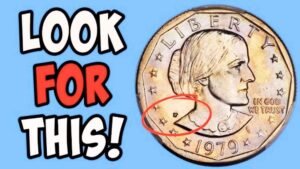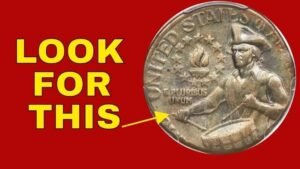Imagine finding a penny worth $144K in your pocket change! The Lincoln Wheat Penny, a small coin with a big history, has collectors buzzing. Some rare versions of this penny are still in circulation, waiting to be discovered. Could you have one? Let’s explore its value, history, and how to spot these treasures.
What Is the Lincoln Wheat Penny?
The Lincoln Wheat Penny, minted from 1909 to 1958, is a U.S. one-cent coin featuring President Abraham Lincoln on the front and two wheat stalks on the back. Designed by Victor David Brenner, it was the first coin to show a U.S. president. Its long production run and unique varieties make it a favorite among collectors.
Why Is It So Valuable?
Certain Lincoln Wheat Pennies fetch high prices due to their rarity, condition, and unique features. Errors during minting, low production numbers, or specific years increase their value. For example, a 1943 bronze penny sold for $144K because it was mistakenly made with bronze instead of steel, a rare error.
History of the Lincoln Wheat Penny
The Lincoln Wheat Penny was introduced in 1909 to celebrate Lincoln’s 100th birthday. Over its 49-year run, billions were minted, but specific years and errors stand out. During World War II, copper was scarce, so most 1943 pennies were made of steel. However, a few bronze pennies were accidentally produced, making them extremely rare.
Key Years and Varieties
Some pennies are more valuable due to their year, mint mark, or errors. Here’s a breakdown:
| Year | Mint Mark | Description | Estimated Value |
|---|---|---|---|
| 1909-S | S | First year, low mintage | $400–$2,000+ |
| 1914-D | D | Rare, low production | $200–$10,000+ |
| 1922-D | No D | Missing mint mark error | $500–$15,000+ |
| 1943 | None/S/D | Bronze error (not steel) | $100,000–$144,000+ |
| 1955 | None | Doubled die error | $1,000–$20,000+ |
Mint Marks Explained
Mint marks show where a coin was made:
- No mark: Philadelphia Mint
- D: Denver Mint
- S: San Francisco Mint
Coins from certain mints, like the 1909-S, are rarer because fewer were produced.
Are These Pennies Still in Circulation?
Yes, Lincoln Wheat Pennies are still out there! While most are common and worth only a few cents, rare ones like the 1943 bronze or 1955 doubled die could be hiding in old jars, piggy banks, or even your change. People occasionally find valuable pennies in circulation, making it exciting for collectors.
How to Spot a Valuable Penny
To find a rare Lincoln Wheat Penny, check these features:
- Year: Look for key years like 1909, 1914, 1922, 1943, or 1955.
- Mint Mark: Check for “S” or “D” under the year, or no mint mark at all.
- Condition: Coins in good shape (less wear) are worth more.
- Errors: Look for doubled text, missing mint marks, or unusual materials (like bronze for 1943).
Use a magnifying glass to inspect details, especially for errors like the 1955 doubled die, where the date and text appear doubled.
How to Check Your Pennies
Follow these steps to hunt for valuable pennies:
- Gather Coins: Check pocket change, old coin jars, or inherited collections.
- Sort by Year: Focus on pre-1958 pennies with wheat stalks on the back.
- Inspect Closely: Use a magnifying glass to check for mint marks and errors.
- Compare Values: Use a coin guide or online resources to estimate value.
- Get It Appraised: For suspected rare coins, consult a professional coin dealer or grading service like PCGS or NGC.
Tools You’ll Need
- Magnifying glass or loupe
- Coin reference guide (e.g., Red Book by R.S. Yeoman)
- Good lighting to spot details
- Coin holders to protect valuable finds
Why Collectors Love These Pennies
Collectors chase Lincoln Wheat Pennies for their history, rarity, and potential value. Finding a rare penny in circulation feels like striking gold. Even common pennies in excellent condition can fetch a premium. The thrill of the hunt keeps collectors checking their change and visiting coin shows.
Where to Sell Valuable Pennies
If you find a rare penny, consider these options:
- Coin Dealers: Local or online dealers can appraise and buy coins.
- Auction Houses: For high-value coins, auctions like Heritage Auctions can maximize profit.
- Online Marketplaces: eBay or coin-specific sites, but beware of fees and scams.
- Coin Shows: Meet collectors and dealers in person for fair deals.
Always get your coin graded by a reputable service before selling to confirm its authenticity and condition.
Tips to Avoid Scams
Be cautious when buying or selling rare pennies:
- Verify Authenticity: Fake coins exist, especially for high-value years like 1943.
- Use Reputable Buyers: Stick to well-known dealers or auction houses.
- Avoid Overhyped Ads: If a deal seems too good to be true, it probably is.
- Get Grading: Professional grading adds credibility and value.
Conclusion
The Lincoln Wheat Penny, with its rich history and rare varieties, remains a treasure for collectors and casual finders alike. While most are worth just a cent, some, like the 1943 bronze penny valued at $144K, could still be in circulation. Start checking your change—you might uncover a small fortune! With patience and a keen eye, anyone can join the hunt for these iconic coins.
FAQs
What makes a Lincoln Wheat Penny valuable?
Rare years, mint marks, errors (like the 1943 bronze or 1955 doubled die), and good condition drive value.
Are Lincoln Wheat Pennies still in circulation?
Yes, they can still be found in pocket change, old collections, or coin jars, though rare ones are scarce.
How do I know if my penny is rare?
Check the year, mint mark, and look for errors like doubled text or unusual materials. Use a magnifying glass.
Where can I sell a valuable penny?
Sell to coin dealers, auction houses, or at coin shows. Get it graded by PCGS or NGC first.
What’s the rarest Lincoln Wheat Penny?
The 1943 bronze penny is among the rarest, with some valued at $144K or more due to its minting error.




